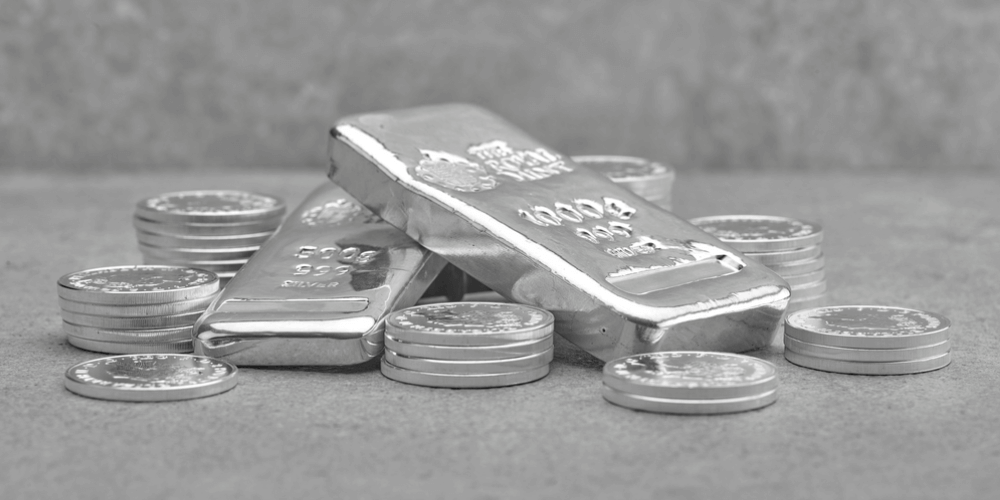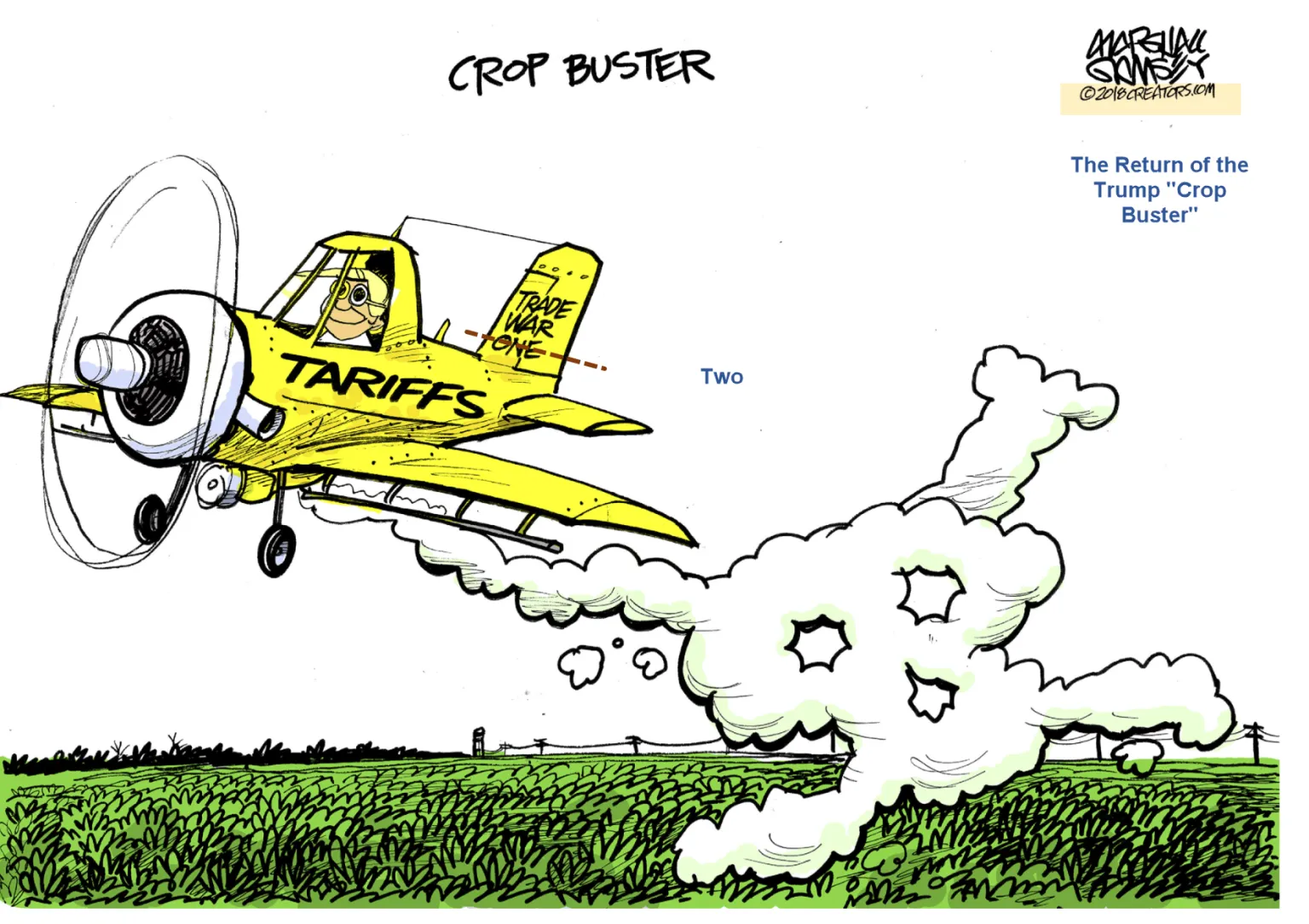Depends on whom you ask
Beijing made its move on October 26. Silver, along with tungsten and antimony, would now fall under strict export supervision starting November 2025. Not a quota. Not a tariff. Something much more surgical: every shipment will now need government approval.
The self-reporting system? It’s gone.
Washington is still deliberating.
The US Geological Survey published their draft proposal back in August recommending silver join the critical minerals list. It’s still pending. Still in review. Meanwhile, China’s Ministry of Commerce can now decide which silver shipments leave the country and which ones don’t. That’s not a small thing when you control 20% of global refining capacity.
Canada on the contrary already updated their critical minerals list back in ‘24. They added high-purity iron ore, phosphorus, and silicon metal, bringing the total to 34 minerals.
Silver didn’t make the cut. Neither did gold.
Ottawa prioritized six metals: lithium, graphite, nickel, cobalt, copper, and rare earths. These are the battery metals. The clean energy transition metals. The stuff that powers EVs and wind turbines.
Just two days ago (Oct 31), Canada designated those critical minerals as national security priorities under the Defence Production Act.
Energy Minister Tim Hodgson announced $6.4 billion in G7 investments across 26 projects. The government will guarantee buyers and set minimum prices for domestic producers. They’re building what Hodgson calls a “buyers club”—allied nations investing in each other’s mining projects, establishing price floors, signing long-term purchase agreements.
Silver? Canada produces plenty of it as a byproduct from copper and zinc operations. Apparently that’s enough. No explicit priority is needed.
Three different governments, three different answers to whether silver qualifies as critical.
However, the physical market tells a different story. As previously outlined in articles such as the one referenced above, October saw unprecedented tightness on the London Bullion Market Association. Indian demand spiked during Diwali. Buyers are choosing increasingly silver above the more traditional gold. Is it that they’re seeing more upside, or that gold got too expensive. No1 knows…
Furthermore, Chinese refiners also shut down for their Golden Week holiday. LBMA vaults, holding over $36 billion in silver, couldn’t meet their delivery obligations. Most of that metal there belongs to ETFs anyway, locked up backing financial products. The free-floating inventory that dealers actually need? It was critically low. Some (like me) even say zero.
Lease rates exploded past 30%. That’s Hunt Brothers territory from 1980. JPMorgan, the largest bullion supplier to India, told its clients it couldn’t deliver until November.
The world’s biggest bank ran out of silver to sell.
So the US shipped metal from COMEX warehouses to London. Over 30 million ounces left New York in late October as an emergency airlift to ease the squeeze. But America has no strategic silver reserve anymore—that was liquidated through the 90s. Today, domestic supply covers only 30% of the demand. The rest gets imported.
China’s October announcement came while London dealers were scrambling for physical metal. As in all things: timing matters. Beijing watched Western markets strain under structural deficits and acted when its leverage was highest. The same announcement included sweeping restrictions on rare earth elements, battery materials, and processing equipment. I strongly doubt these were isolated decisions—they were coordinated moves.
The silver market has recorded five consecutive annual deficits since ‘21. That’s 678 million ounces of accumulated shortfall. Solar panel production consumed 232 million ounces in 2024—five times the 2015 levels. Every new solar installation needs about 20 grams of silver in the conductive paste. Industrial demand keeps climbing while mine supply isn’t keeping pace. Nobody’s discovering major new deposits fast enough.
Result? The metal will flow where policy allows it to flow. The LBMA shortage got resolved by shipments from mainly the US and presumably China too. But COMEX is nearly depleted now. And what happens next time when Chinese officials can simply deny such export licenses? When Beijing decides its domestic solar manufacturers need that silver more than foreign buyers do? When strategic considerations outweigh the commercial ones?
The US has the authority under the draft proposal to invoke the Defense Production Act, direct industrial production, subsidize domestic mining and/or build strategic reserves.
But only after finalization of this draft.
Only after the review process concludes.
Only after the Federal Register notice converts from draft to final rule.
China didn’t wait for this interagency review. And why should they?
Silver’s price hit a 14-year high around $54 per ounce during the October squeeze. Those structural deficits mentioned before? They compound. And the industrial applications? They multiply across solar, electronics, medical devices and defense systems.
Yet the metal in Washington sits in an administrative limbo while those approval requirements take effect in Beijing.
Thank you Uncle Sam & Trump for the cheap silver.
— Random Chinese buyer of Silver
Silver isn’t flowing to American strategic reserves. It’s not backing up the domestic industrial supply chains. During the worst physical shortage in decades, the US shipped metal overseas to ease a crisis in London.
Without a critical mineral designation, there’s no mechanism to prioritize domestic supply. No strategic stockpiling. No guaranteed pricing for miners. No accelerated permitting. Just market forces and emergency shipments when things break.
Canada built their buyers club. They set minimum prices and guaranteed the demand. Thus they created certainty so that mines get built and refineries get funded. They did this for battery metals and rare earths. But not for silver, because they’ve decided the byproduct supply suffices.
China locked it down behind government approval. Every shipment thus becomes a policy decision.
And the US? Their vaults are emptying to London which empty to India and China.
“Mission accomplished” I guess.







